Introduction
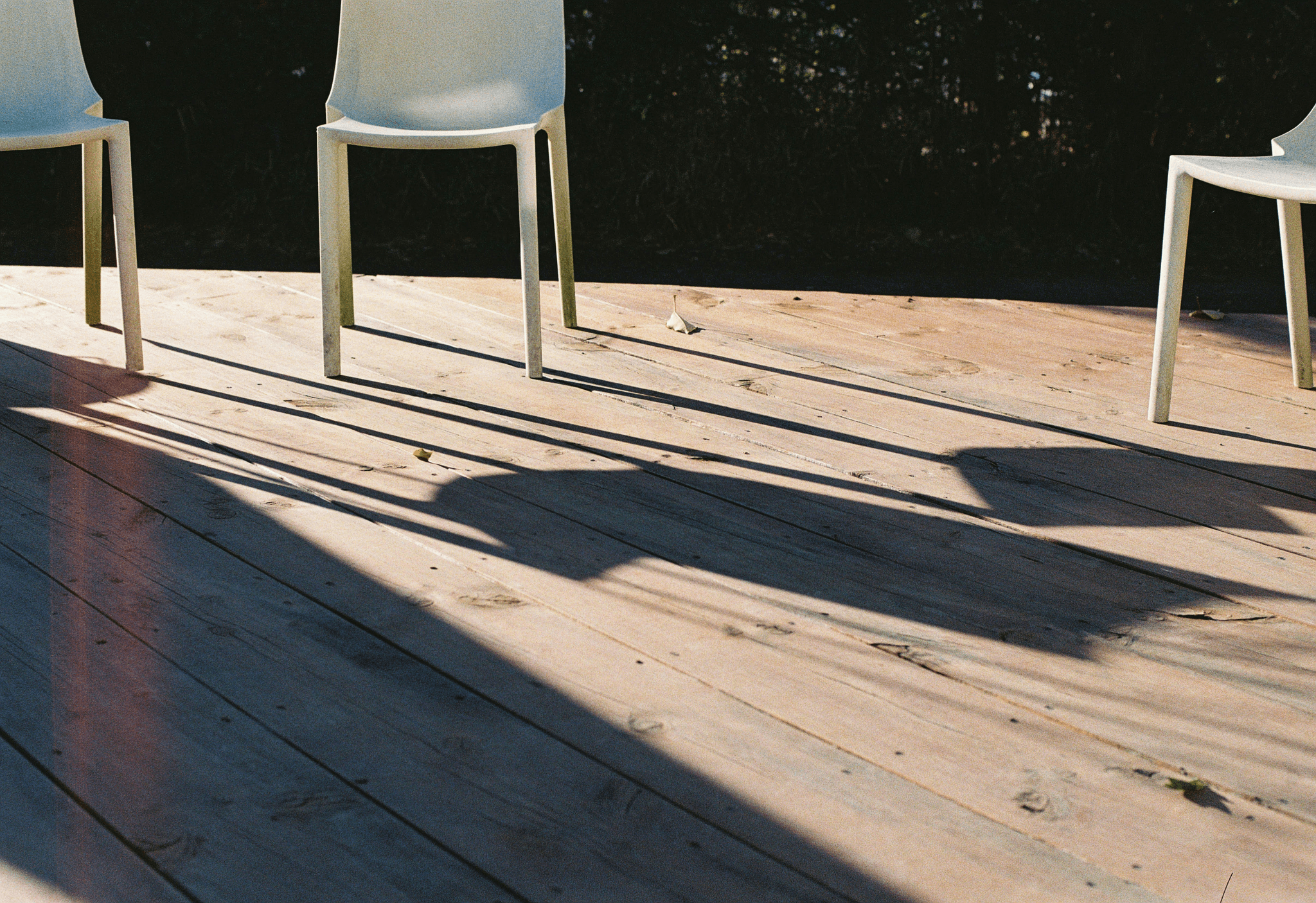
Welcome to the world of composite decking, where outdoor living meets modern innovation! Many homeowners are drawn to the aesthetic appeal and durability of composite materials, but they often wonder: is composite decking hot on feet? Understanding how composite decking retains heat and what factors contribute to foot temperature can help you make informed choices for your outdoor oasis.
Understanding Composite Decking's Heat Retention
Composite decking, particularly WPC (Wood Plastic Composite) materials, is designed for longevity and low maintenance. However, one aspect that often raises eyebrows is its heat retention properties. Unlike traditional wood decks that may provide a cooler surface underfoot, WPC decking can become quite warm in direct sunlight, prompting homeowners to seek solutions for keeping their feet comfortable.
The Science Behind Foot Temperature on Decks
The science behind foot temperature on decks involves thermal dynamics and material composition. Composite materials like WPC absorb heat differently than natural wood due to their density and structural makeup. This means that while you might enjoy the beauty of a WPC deck, you could also experience discomfort from it being hot on your feet during peak sun hours.
Why Choose Composite Over Traditional Materials
Choosing composite over traditional materials comes with numerous benefits beyond just aesthetics. For starters, WPC decking offers superior durability against moisture and pests compared to wood options, which can warp or splinter over time. Additionally, eco-conscious consumers appreciate that many composite products are made from recycled materials—like those found in WPC wall cladding or fencing boards—making them a sustainable choice without sacrificing style or comfort.
How Hot Can Composite Decking Get?

When it comes to enjoying your outdoor space, understanding how hot composite decking can get is crucial, especially if you plan to walk barefoot on it. Composite decking, particularly WPC decking, is designed to mimic the beauty of wood while offering enhanced durability and resistance to the elements. However, like any material exposed to sunlight, it can heat up significantly on warm days, leaving your feet feeling less than comfortable.
Exploring Thermal Dynamics of Decking
Thermal dynamics play a significant role in how hot composite decking gets under direct sunlight. The materials used in WPC decking are engineered to absorb and retain heat differently than traditional wood. This means that while WPC products are generally more resistant to warping and fading, they can still become quite warm—making them potentially composite decking hot on feet during peak sun hours.
The color of your composite boards also affects their thermal performance; darker shades tend to absorb more heat compared to lighter hues that reflect sunlight better. Additionally, the texture and finish of the deck surface can influence how much heat is retained. Understanding these dynamics helps homeowners make informed decisions about their outdoor spaces.
Comparing Composite Decking to Wood
When comparing composite decking to traditional wood options, it's essential to consider temperature retention as a key factor in comfort levels underfoot. While both materials can be hot when exposed to direct sunlight, studies show that composite decks often reach higher temperatures than natural wood due to their density and composition. This difference can lead many homeowners wondering why their new WPC fencing board or louver & post setups feel warmer than expected.
However, it's worth noting that despite potential heat retention issues, WPC products offer other advantages such as longevity and low maintenance requirements that may outweigh the drawbacks of temperature concerns. Traditional wood requires regular staining and sealing which not only adds time but also costs over its lifespan—something not needed with quality composite materials from experts like Composite Decking Inc.
Factors Affecting Temperature on Your Deck
Several factors contribute to how hot your composite deck will get during those sunny summer days—some of which may surprise you! First off, geographical location plays a vital role; areas with intense sun exposure will naturally see higher temperatures on any outdoor surface including your stylish WPC wall cladding or deck boards.
Other elements include wind patterns and shade from nearby trees or structures; even a small amount of shade can significantly lower surface temperatures making it more enjoyable for bare feet! Lastly, maintenance practices such as regular cleaning help prevent debris buildup which could otherwise trap additional heat against the surface—keeping your outdoor oasis cooler overall.
Tips to Keep Your Composite Deck Cool
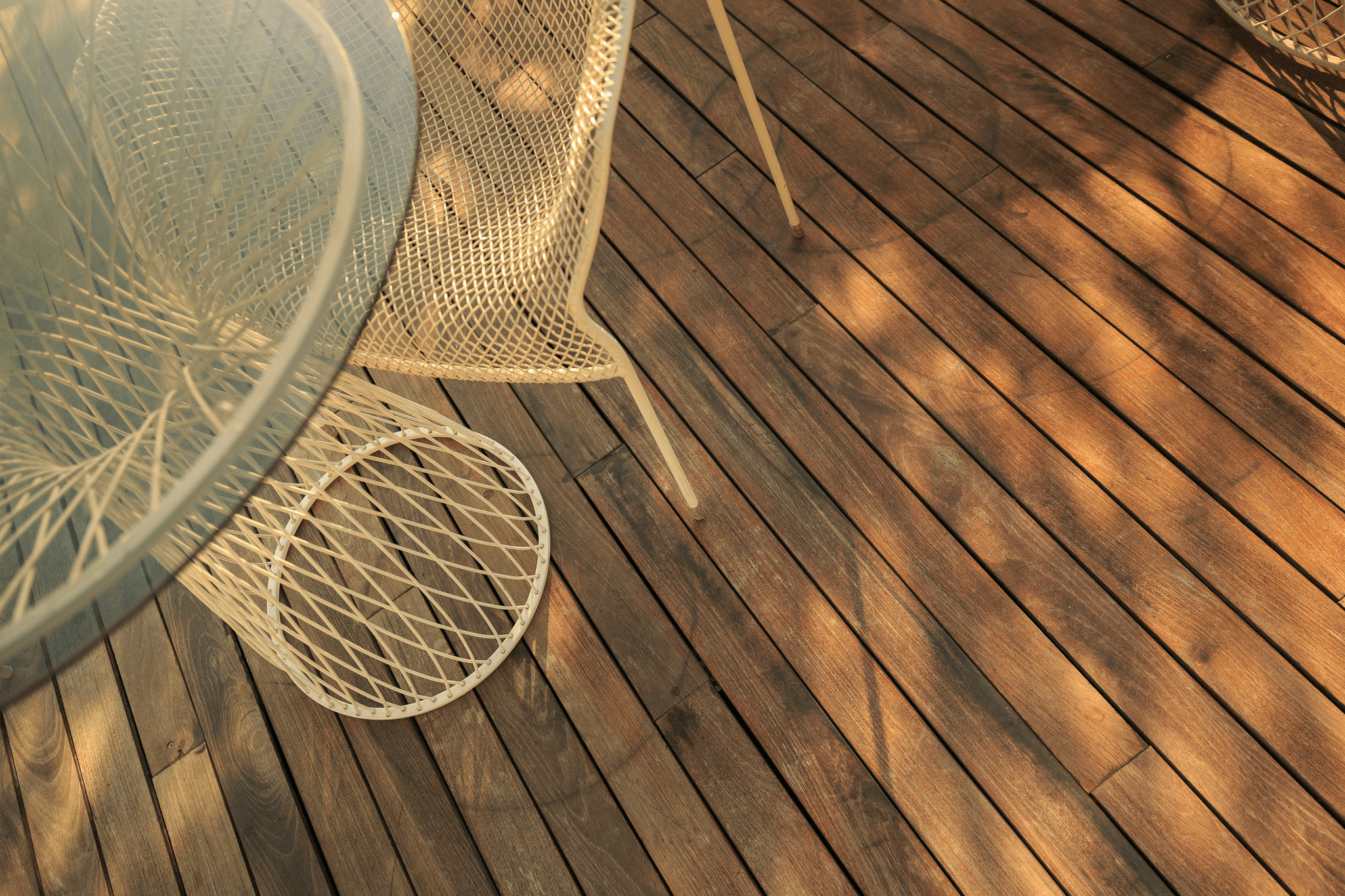
When the summer sun blazes down, keeping your composite decking cool can be a challenge. Fortunately, there are effective strategies to mitigate heat retention and enhance comfort underfoot. By implementing these tips, you can enjoy your outdoor space without worrying about whether your composite decking is hot on feet.
Shade Solutions for Summer Comfort
Creating shaded areas on your deck is one of the simplest ways to keep it cool. Consider installing a stylish pergola or retractable awning that provides relief from direct sunlight while adding an aesthetic touch to your outdoor living space. Additionally, strategically placing potted plants or outdoor umbrellas can create inviting shaded spots, ensuring that you don't have to dance around areas where the WPC decking is too hot on feet.
If you're looking for a more permanent solution, consider adding a WPC wall cladding feature that not only enhances privacy but also offers some shade from the sun's rays. This dual-purpose installation will allow you to enjoy both comfort and style while reducing heat retention on your composite deck. Remember, shade isn’t just about comfort; it’s also about creating an inviting atmosphere for family gatherings and relaxation.
Choosing Light Colors for Heat Reflection
The color of your composite decking plays a significant role in how much heat it absorbs throughout the day. Opting for lighter colors can help reflect sunlight rather than absorb it, making those summer days much more bearable when you're barefoot on the deck. Composite materials are available in various shades; selecting lighter hues not only keeps the surface cooler but also adds a fresh and modern look to your outdoor space.
When designing with WPC decking, remember that light colors can complement other elements in your yard as well—think about how they pair with WPC fencing boards or even decorative features like WPC louvers & posts. These choices contribute not just to temperature control but also enhance overall aesthetics and cohesion in design elements across your landscape. So go ahead—embrace those light tones!
Using Outdoor Rugs to Reduce Heat Transfer
Outdoor rugs are an effective way to combat the discomfort of hot composite decking underfoot while adding style and warmth to your space. Placing durable rugs made specifically for outdoor use provides insulation between your feet and the surface of the deck, significantly reducing that “composite decking hot on feet” feeling during peak temperatures. Plus, these rugs come in various designs and colors, allowing you to express personal style while enhancing comfort.
In addition to their cooling benefits, outdoor rugs can help define different zones within larger spaces—like seating areas or dining spots—creating an inviting atmosphere perfect for entertaining guests or enjoying quiet evenings outside with family. Pairing these rugs with other features like WPC fencing boards adds both functionality and visual interest without compromising durability or maintenance ease associated with high-quality materials from Composite Decking Inc.
The Benefits of WPC Decking
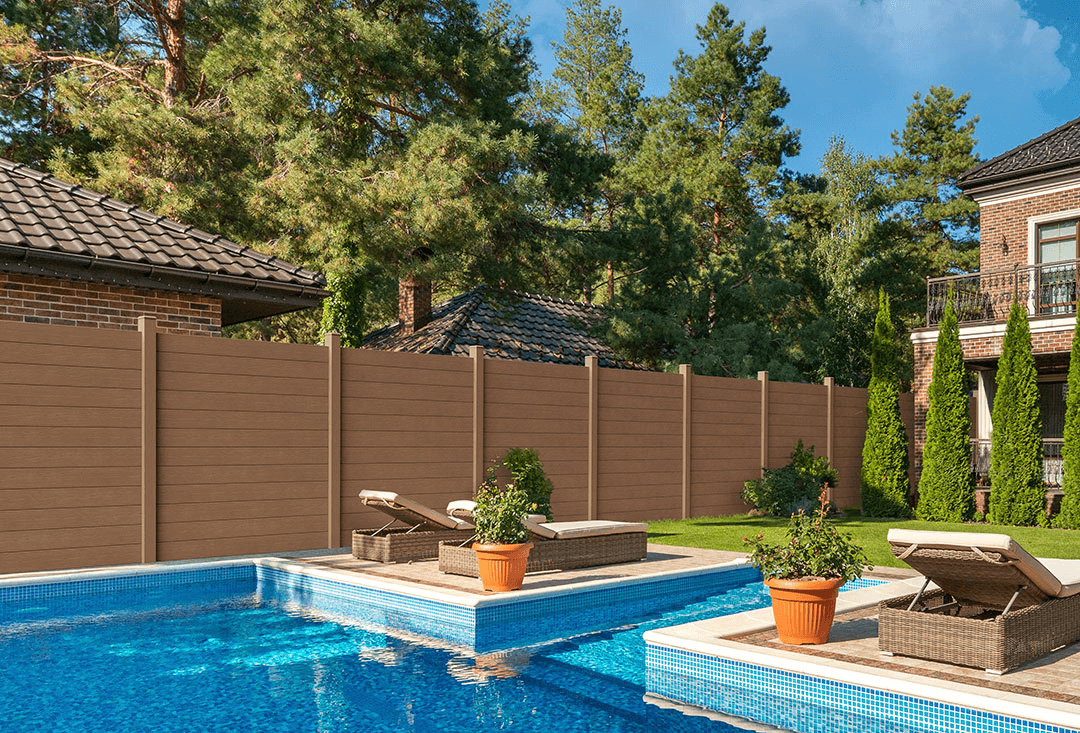
This innovative material combines the best features of wood and plastic, resulting in a product that not only looks great but also performs exceptionally well in various conditions. With its ability to resist fading, splintering, and warping, WPC decking is an ideal solution for those who want a beautiful deck without the hassle of constant maintenance.
Understanding WPC Decking Technology
WPC decking technology involves blending recycled wood fibers with high-density polyethylene (HDPE), creating a composite material that boasts impressive durability. This process enhances the structural integrity of the boards while reducing their environmental footprint—making them an eco-friendly option for your outdoor spaces. Homeowners appreciate how this technology results in a product that mimics the look of traditional wood but is significantly more resistant to issues like moisture damage and insect infestations.
Durability and Maintenance Advantages
One of the standout benefits of WPC decking is its exceptional durability compared to traditional wood options. Unlike natural wood that can become composite decking hot on feet under direct sunlight, WPC remains cool and comfortable even during scorching summer days. Additionally, maintaining WPC requires far less effort; simply washing it with soap and water will keep it looking fresh without the need for sanding or sealing like traditional materials.
Eco-Friendly Features of WPC
WPC decking is not just about looks and performance; it's also an environmentally conscious choice for homeowners who care about sustainability. By utilizing recycled materials in its production, WPC helps reduce waste while providing a long-lasting alternative to conventional timber products. Furthermore, companies like Composite Decking Inc are committed to offering eco-friendly solutions that contribute positively to our planet without sacrificing quality or style.
Additional WPC Options for Outdoor Spaces

Beyond just composite decking, you can elevate your yard with innovative solutions like WPC wall cladding, fencing boards, and louvers. Each option not only adds aesthetic appeal but also durability and low maintenance, making them ideal choices for homeowners looking to create a beautiful outdoor sanctuary.
Enhancing Your Yard with WPC Wall Cladding
WPC wall cladding is an excellent way to add character to your home’s exterior while combating the heat associated with traditional materials. This innovative solution helps regulate temperature, preventing surfaces from becoming composite decking hot on feet during scorching summer days. With various colors and textures available, you can easily match the cladding to your existing decor while enjoying the benefits of reduced heat absorption.
Moreover, installing WPC wall cladding is a breeze compared to traditional wood options that require regular upkeep. Its resistance to moisture and pests ensures that your investment remains intact for years without extensive maintenance efforts. So whether you're looking to spruce up a garden shed or create a stunning feature wall in your backyard, WPC wall cladding is an ideal choice.
Fun with WPC Fencing Boards for Privacy
If you’re seeking privacy without sacrificing style in your outdoor space, look no further than WPC fencing boards. These boards provide an effective barrier against prying eyes while also minimizing the heat retention often seen in traditional wooden fences—no more worrying about composite decking hot on feet! Available in various designs and colors, they can complement any landscape aesthetic while providing long-lasting durability.
WPC fencing boards are resistant to warping and splintering, making them safer for families with children or pets who love playing outside. Plus, their eco-friendly composition means you're not only investing in beauty but also contributing positively to the environment. With these fencing solutions in place, you can enjoy peace of mind knowing that you're creating a private oasis that stands up beautifully against the elements.
Stylish Solutions with WPC Louvers & Posts
For those looking to add flair along with functionality to their outdoor spaces, consider incorporating WPC louvers and posts into your design plan. These stylish elements provide shade from the sun's harsh rays while helping manage temperatures—keeping areas cooler than standard materials that might leave you feeling like you're walking on composite decking hot on feet!
WPC louvers are not just practical; they bring a modern touch that enhances any patio or deck area seamlessly blending form and function. The posts offer robust support for structures like pergolas or trellises while maintaining low maintenance requirements typical of all WPC products—no painting or staining necessary! By choosing these stylish solutions for your yard, you'll enjoy both comfort from heat as well as an eye-catching design element.
Real-World Experiences with Composite Decking
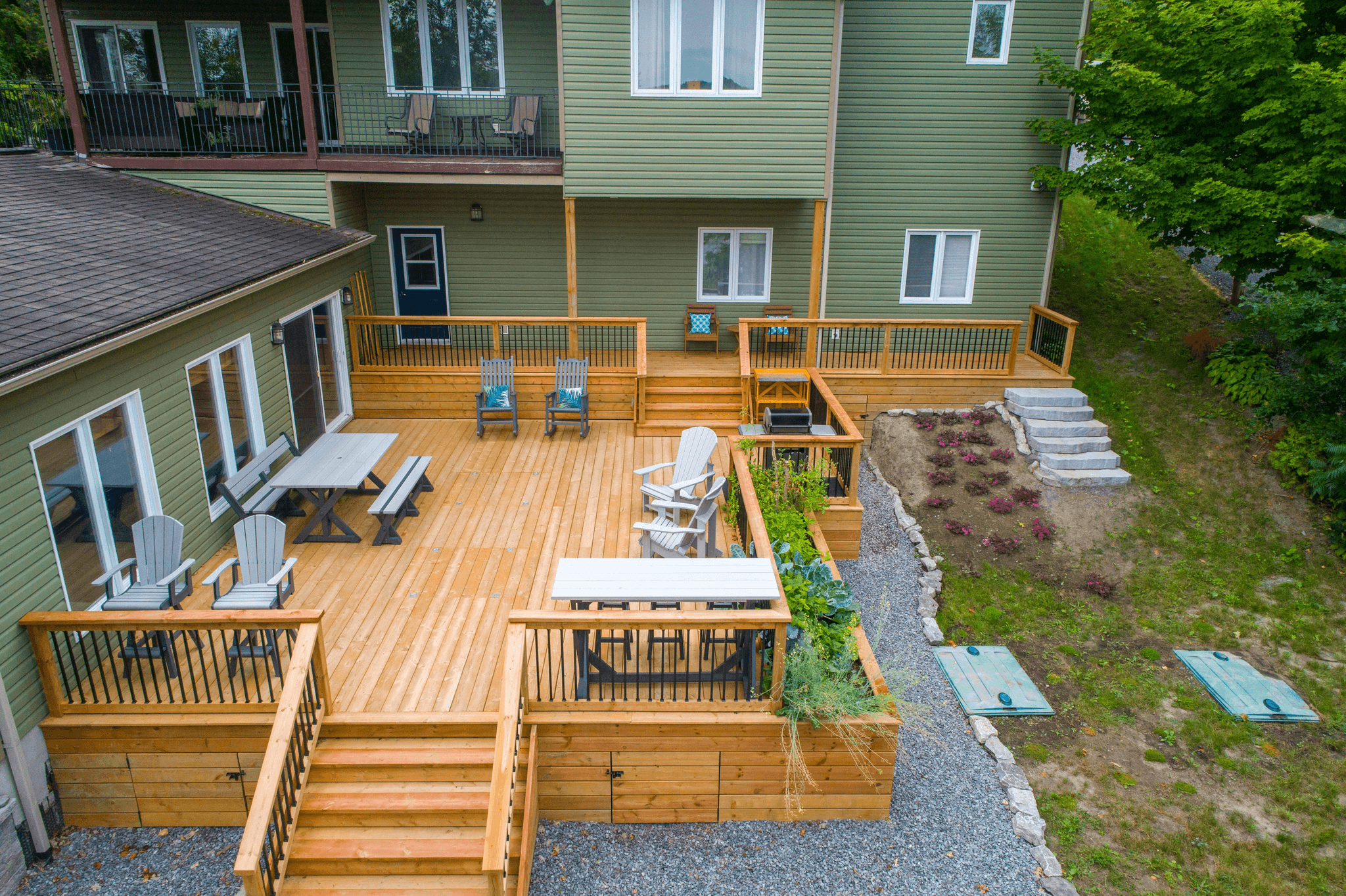
Many have shared their thoughts on whether composite decking is hot on feet during those scorching summer days. The general consensus is that while WPC decking can retain heat, there are effective strategies to mitigate discomfort and enjoy outdoor living spaces.
Homeowner Testimonials on Heat Levels
Homeowners often express their surprise at how composite decking feels underfoot during peak sunlight hours. Some have noted that while WPC decking does get warm, they’ve discovered ways to keep it manageable by incorporating shade solutions like umbrellas and awnings. One homeowner remarked, Our composite deck gets hot on feet, but with a little creativity in landscaping, we've created a comfortable oasis.
Others have highlighted the benefits of choosing lighter colors for their WPC decking. They found that opting for shades like light gray or beige significantly reduced heat retention compared to darker colors. This simple change made lounging barefoot much more enjoyable without sacrificing style.
Case Studies: Cooling Strategies in Action
In a recent case study conducted by Composite Decking Inc., several homeowners implemented cooling strategies to combat the heat retention of their composite decks. One family installed a pergola over their deck area, which not only provided shade but also enhanced the aesthetic appeal with climbing plants and lights. They reported that this addition dramatically lowered the temperature of their WPC decking throughout the day.
Another case involved using outdoor rugs strategically placed on high-traffic areas of the deck to reduce direct contact with hot surfaces. Homeowners noted that these rugs acted as insulators against heat transfer from the composite material beneath them, making summer gatherings much more pleasant. These practical examples demonstrate how easy it is to create a comfortable environment even when dealing with composite decking hot on feet.
Professional Insights from Composite Decking Inc
At Composite Decking Inc., we understand that homeowners want both beauty and functionality in their outdoor spaces without compromising comfort levels underfoot. Our team recommends considering various factors when selecting your WPC materials—such as color choice and installation methods—that can significantly impact heat retention levels on your deck.
Professionals often suggest exploring additional features like WPC wall cladding or fencing boards around your outdoor area for added shade and privacy options which can further minimize heat exposure on your deck surface during sunny days. Moreover, incorporating stylish solutions such as WPC louvers & posts not only enhances aesthetics but also contributes to thermal comfort by creating shaded zones throughout your space.
As we continue our mission to provide innovative solutions for outdoor living, we encourage homeowners to share their experiences and cooling strategies so others can benefit from real-world insights into managing temperature effectively while enjoying beautiful decks made from sustainable materials.
Conclusion
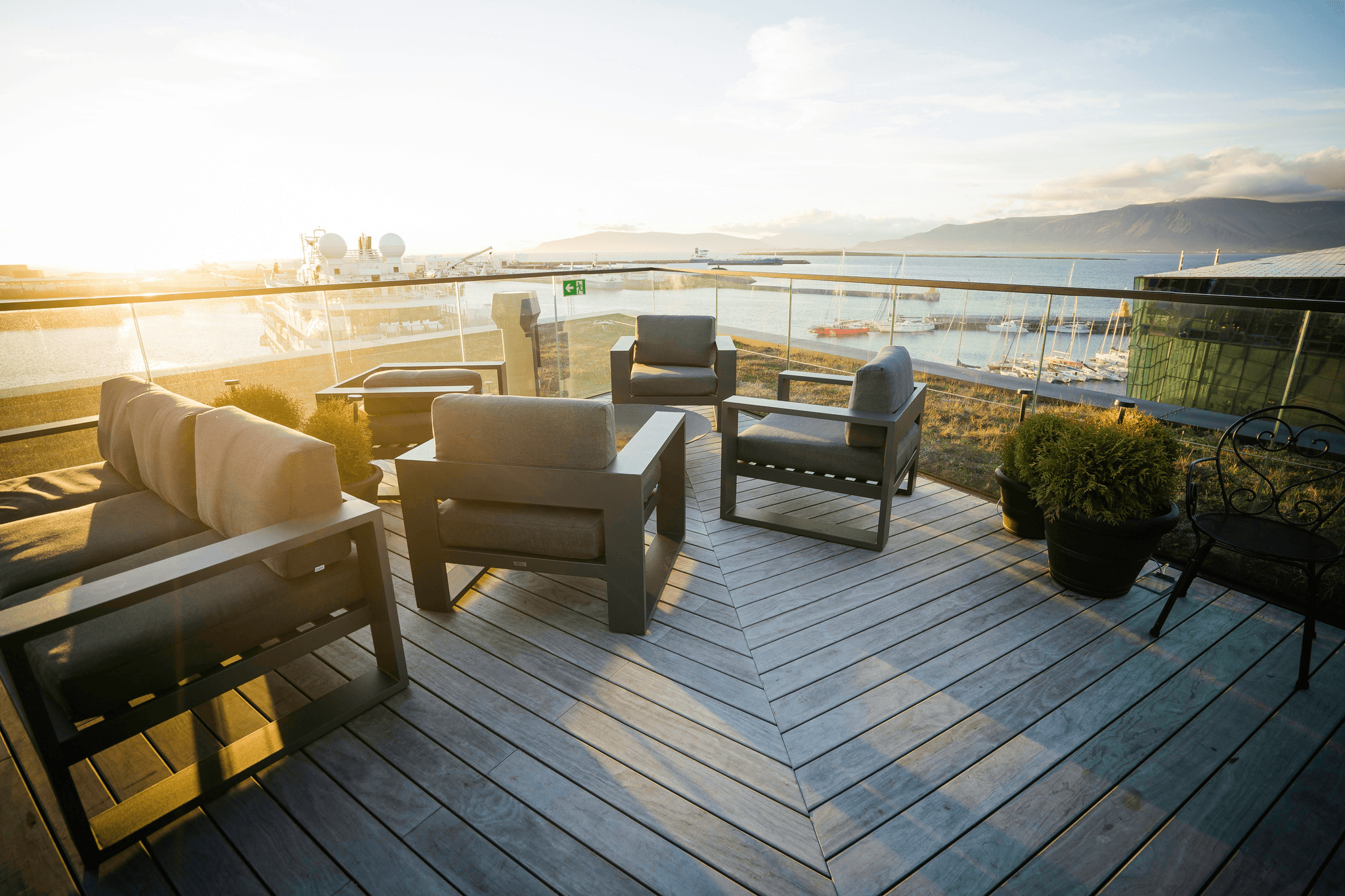
In wrapping up our discussion on composite decking, it’s clear that understanding heat management is essential for enjoying your outdoor space. With the right strategies, you can significantly reduce the discomfort associated with composite decking hot on feet during those sweltering summer days. By implementing shade solutions, opting for lighter colors, and utilizing outdoor rugs, you can create a cooler and more enjoyable environment.
Summing Up Heat Management Tips
To keep your composite decking cool, remember to consider multiple factors that influence heat retention. Shade from trees or structures can provide immediate relief from the sun's harsh rays, while light-colored WPC decking materials reflect rather than absorb heat. Additionally, outdoor rugs not only add a touch of style but also act as insulators against heat transfer from the deck surface to your feet.
The Long-Term Advantages of Composite Decking
When you choose WPC decking over traditional wood options, you're investing in a product that offers durability and low maintenance for years to come. Unlike wood, which can warp or splinter under extreme temperatures, WPC provides a stable surface that resists fading and damage due to weather exposure. Furthermore, its eco-friendly features make it an attractive choice for environmentally conscious homeowners looking for sustainable living solutions.
Making Informed Choices for Your Decking Needs
As you navigate through various options like WPC wall cladding or WPC fencing boards, it's essential to weigh both aesthetics and functionality in your decision-making process. At Composite Decking Inc., we understand how crucial it is to find materials that not only look great but also perform well in diverse conditions—especially when it comes to managing heat on your deck surfaces. Ultimately, making informed choices will lead you toward creating an outdoor oasis that's both stylish and comfortable year-round.
